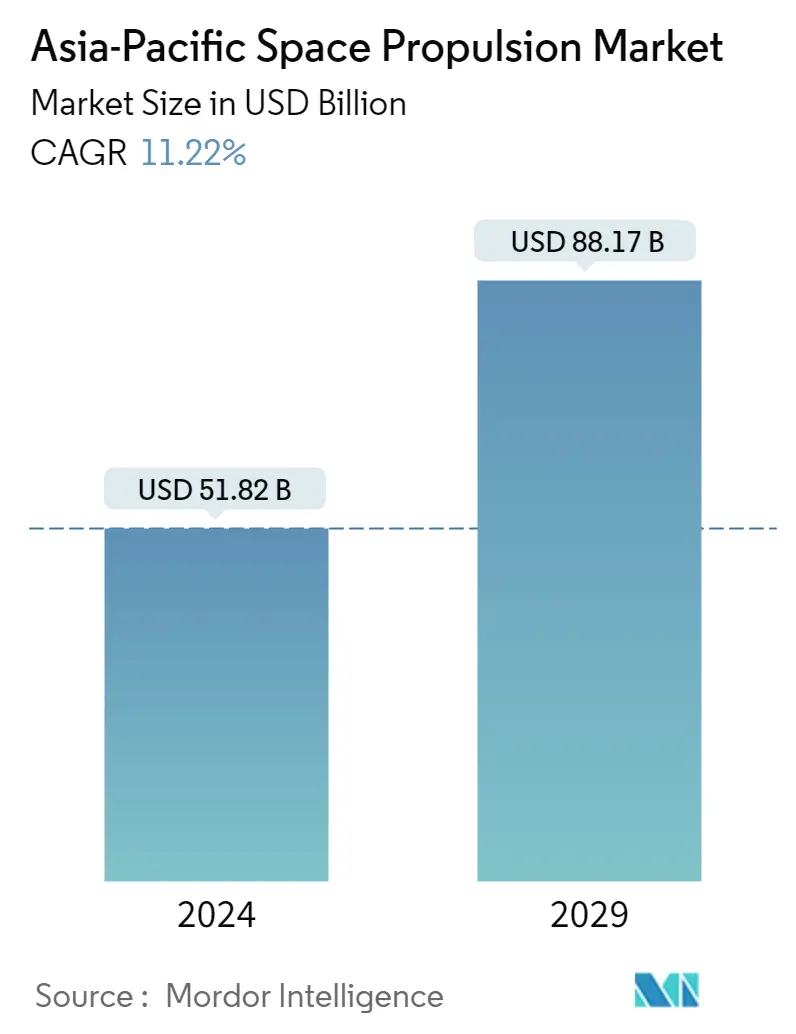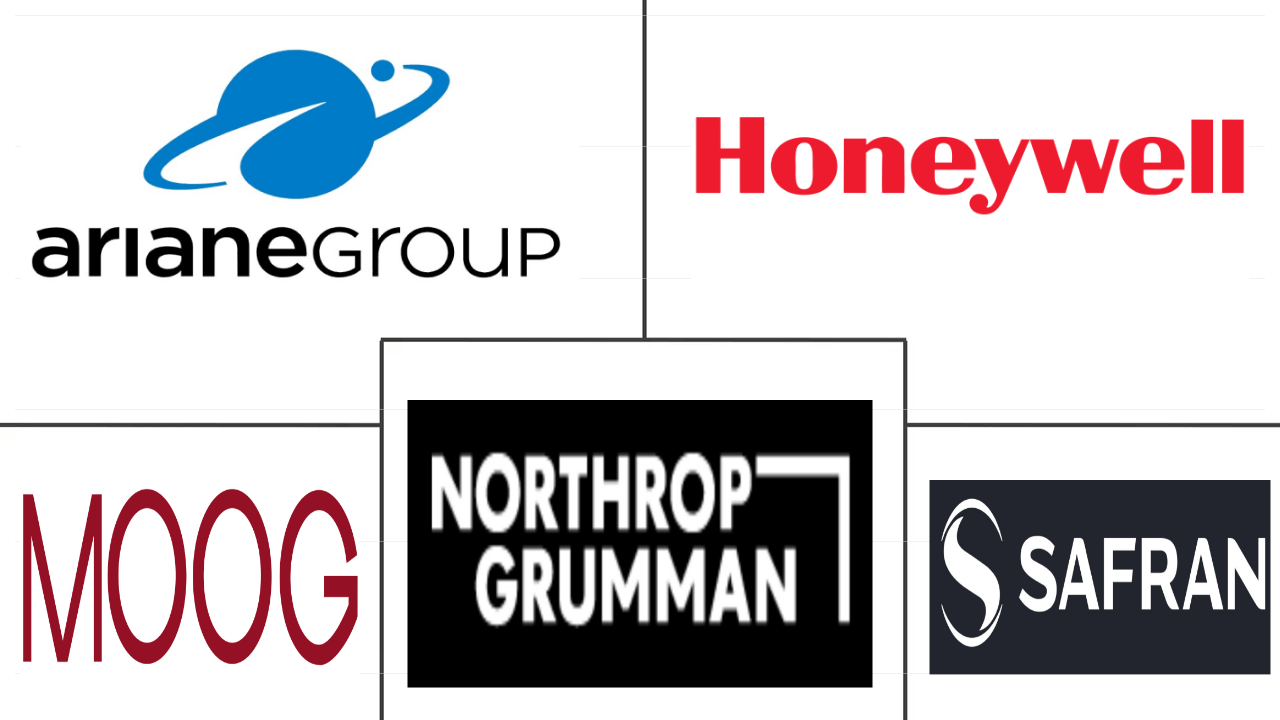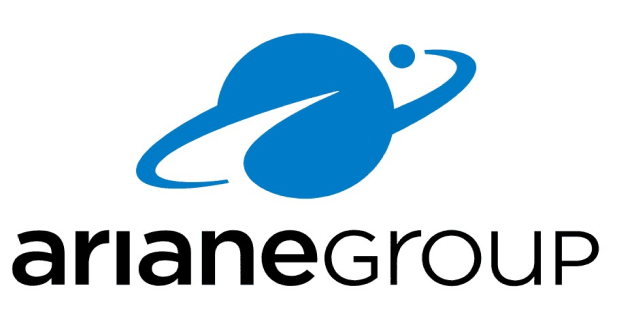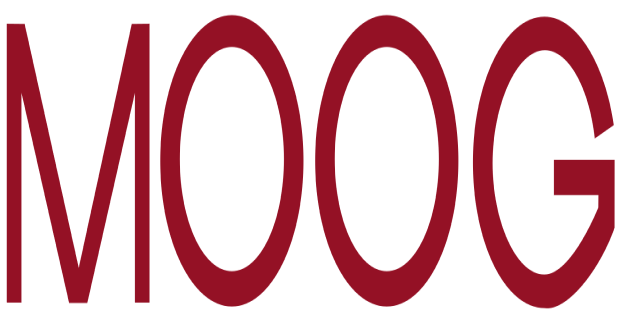Market Size of asia-pacific space propulsion Industry

|
|
Study Period | 2017 - 2029 |
|
|
Market Size (2024) | USD 51.82 Billion |
|
|
Market Size (2029) | USD 88.17 Billion |
|
|
Largest Share by Propulsion Tech | Liquid Fuel |
|
|
CAGR (2024 - 2029) | 11.22 % |
|
|
Largest Share by Country | China |
Major Players |
||

|
||
|
*Disclaimer: Major Players sorted in no particular order |
Asia-Pacific Space Propulsion Market Analysis
The Asia-Pacific Space Propulsion Market size is estimated at USD 51.82 billion in 2024, and is expected to reach USD 88.17 billion by 2029, growing at a CAGR of 11.22% during the forecast period (2024-2029).
51.82 Billion
Market Size in 2024 (USD)
88.17 Billion
Market Size in 2029 (USD)
11.21 %
CAGR (2017-2023)
11.22 %
CAGR (2024-2029)
Largest Market by Propulsion Tech
73.93 %
value share, Liquid Fuel, 2022
Because of its high efficiency, controllability, reliability, and long lifespan, liquid fuel-based propulsion technology is becoming an ideal choice for space missions. It can be used in various orbit classes for satellites.
Fastest-Growing Market by Propulsion Tech
15.74 %
Projected CAGR, Gas based, 2023-2029
In this region, the adoption of gas based propulsion systems registers a considerable growth rate because of it's cost-effectiveness and reliability. These propulsion systems are also easy for orbital maintenance, maneuvering and attitude control.
Largest Market by Country
91.42 %
value share, China, 2022
The demand for satellite manufacturing is driven by the Chinese government's investment towards satellite systems utilised for communication, broadcasting, navigation, weather forecasting, disaster monitoring, and resource surveying, among other areas.
Leading Market Player
9.97 %
market share, Ariane Group, 2022

Ariane Group is the second-largest player in the market. The company has been selected by the European Commission to develop Europe's first reusable and eco-friendly launchers to run two major projects.
Second Leading Market Player
5.11 %
market share, Moog Inc., 2022

Moog Inc. is the third-largest player in the market. The company has focused on innovation and is currently working on a water-powered satellite propulsion system.
The utilization of electric propulsion is expected to surge during the forecast period
- A satellite's propulsion system is commonly used to propel a spacecraft and coordinate its position into orbit. Gas-based propulsion systems, such as cold gas thrusters and green propellants, have applications in the Asia-Pacific satellite market. Cold gas thrusters use compressed gas, typically nitrogen, as a propellant. While relatively simple and reliable, these systems provide low thrust and are mainly used for attitude control and minor orbit adjustments. Countries like Japan and India are actively researching and developing green propellant technologies for satellite propulsion to enhance operational efficiency and reduce the risks associated with toxic propellants.
- On the other hand, electric propulsion is commonly used to hold stations for commercial communication satellites. It is the primary propulsion of some space science missions due to its high specific impulses. Thales, IHI Corporation, and Ariane Group are some of the significant providers of propulsion systems in the region. The new launch of satellites in the region is expected to accelerate market growth over the forecast period.
- Liquid propulsion systems continue to be widely used in the Asia-Pacific for primary propulsion and larger orbit maneuvers. These systems typically employ liquid rocket engines that use liquid propellants such as liquid oxygen and liquid hydrogen. Liquid propulsion offers high thrust capabilities, enabling rapid orbital insertion and major trajectory changes. Between 2023 and 2029, the market is expected to surge by 96% during the forecast period. Gas-based propulsion systems are expected to dominate the market.
Increasing investments in space startups
- A satellite's propulsion system is commonly used to propel a spacecraft into orbit and coordinate the position of the spacecraft in orbit. Gas propellants can also be used but are not common due to their low density and difficulty in applying conventional pumping methods. Liquids are desirable because they have a fairly high density and high specific impulse.
- The propulsion systems that enabled movements have been proven very efficient and reliable. These include hydrazine systems, other single or twin propulsion systems, hybrid systems, and cold/hot air systems, and these systems are used when strong thrust or rapid maneuvering is required. Therefore, chemical systems continue to be the space propulsion technology of choice when their total impulse capacity is sufficient to meet the mission requirements. In May 2021, Bellatrix Aerospace announced that it tested the country’s first privately built Hall Thruster, an electric propulsion system for satellites.
- The application of electric propulsion is commonly used to hold stations for commercial communication satellites and is the main propulsion of some space science missions due to its high specific impulses. The new launch of satellites in the region is expected to accelerate market growth during the forecast period.
Asia-Pacific Space Propulsion Industry Segmentation
Electric, Gas based, Liquid Fuel are covered as segments by Propulsion Tech. Australia, China, India, Japan, New Zealand, Singapore, South Korea are covered as segments by Country.
- A satellite's propulsion system is commonly used to propel a spacecraft and coordinate its position into orbit. Gas-based propulsion systems, such as cold gas thrusters and green propellants, have applications in the Asia-Pacific satellite market. Cold gas thrusters use compressed gas, typically nitrogen, as a propellant. While relatively simple and reliable, these systems provide low thrust and are mainly used for attitude control and minor orbit adjustments. Countries like Japan and India are actively researching and developing green propellant technologies for satellite propulsion to enhance operational efficiency and reduce the risks associated with toxic propellants.
- On the other hand, electric propulsion is commonly used to hold stations for commercial communication satellites. It is the primary propulsion of some space science missions due to its high specific impulses. Thales, IHI Corporation, and Ariane Group are some of the significant providers of propulsion systems in the region. The new launch of satellites in the region is expected to accelerate market growth over the forecast period.
- Liquid propulsion systems continue to be widely used in the Asia-Pacific for primary propulsion and larger orbit maneuvers. These systems typically employ liquid rocket engines that use liquid propellants such as liquid oxygen and liquid hydrogen. Liquid propulsion offers high thrust capabilities, enabling rapid orbital insertion and major trajectory changes. Between 2023 and 2029, the market is expected to surge by 96% during the forecast period. Gas-based propulsion systems are expected to dominate the market.
| Propulsion Tech | |
| Electric | |
| Gas based | |
| Liquid Fuel |
| Country | |
| Australia | |
| China | |
| India | |
| Japan | |
| New Zealand | |
| Singapore | |
| South Korea |
Asia-Pacific Space Propulsion Market Size Summary
The Asia-Pacific Space Propulsion Market is poised for significant growth, driven by advancements in satellite technology and increased investment in space programs across the region. The market is characterized by a diverse range of propulsion systems, including gas-based, electric, and liquid propulsion technologies. Gas-based systems, such as cold gas thrusters and green propellants, are primarily used for attitude control and minor orbit adjustments, while electric propulsion is favored for commercial communication satellites and space science missions due to its high specific impulse. Liquid propulsion systems, employing liquid rocket engines, are widely used for primary propulsion and larger orbit maneuvers, offering high thrust capabilities for rapid orbital insertion. The market's expansion is further fueled by the launch of new satellites and the development of innovative propulsion technologies by key players like Thales, IHI Corporation, and Ariane Group.
The demand for satellite propulsion systems in the Asia-Pacific region is bolstered by increased spending on satellite programs, including national satellite internet constellations and commercial satellite projects. Countries such as China, India, and Japan are investing heavily in space-related activities, with significant funding allocated to the development of propulsion technologies and infrastructure. The market is fragmented, with major players like Ariane Group, Honeywell International Inc., Moog Inc., Northrop Grumman Corporation, and Safran SA holding a substantial share. Recent developments include contracts for integrated electric propulsion systems and the supply of components for launch vehicles, highlighting the ongoing innovation and collaboration within the industry. As the region continues to advance its space capabilities, the Asia-Pacific Space Propulsion Market is expected to experience robust growth, driven by technological advancements and strategic investments.
Asia-Pacific Space Propulsion Market Size - Table of Contents
-
1. MARKET SEGMENTATION (includes market size in Value in USD, Forecasts up to 2029 and analysis of growth prospects)
-
1.1 Propulsion Tech
-
1.1.1 Electric
-
1.1.2 Gas based
-
1.1.3 Liquid Fuel
-
-
1.2 Country
-
1.2.1 Australia
-
1.2.2 China
-
1.2.3 India
-
1.2.4 Japan
-
1.2.5 New Zealand
-
1.2.6 Singapore
-
1.2.7 South Korea
-
-
Asia-Pacific Space Propulsion Market Size FAQs
How big is the Asia-Pacific Space Propulsion Market?
The Asia-Pacific Space Propulsion Market size is expected to reach USD 51.82 billion in 2024 and grow at a CAGR of 11.22% to reach USD 88.17 billion by 2029.
What is the current Asia-Pacific Space Propulsion Market size?
In 2024, the Asia-Pacific Space Propulsion Market size is expected to reach USD 51.82 billion.

